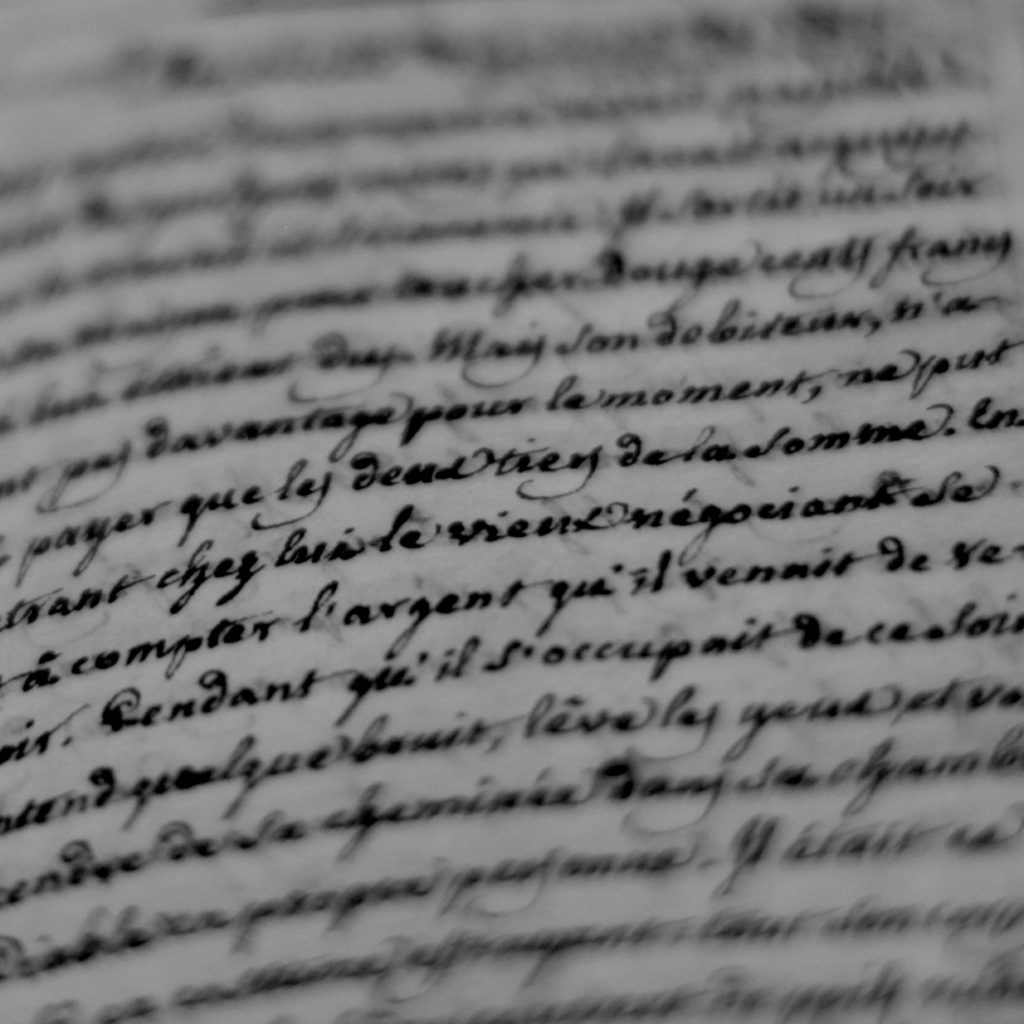A Brief Guide to Lutheranism

In this series of articles I am sharing parts of an article written by Trevin Wax on the Gospel Coalition website. In that article he gives a brief introduction to the various branches of the Christian Church. The original article can be accessed here.
Lutheranism
Name: “Lutheran” started as a negative title for those criticizing Martin Luther’s teaching, but Martin Luther later agreed it was an acceptable title only because it identified one who was teaching the truth of the gospel.
History: Lutheranism finds its first expression in its namesake, Martin Luther, who taught in Wittenberg, Germany, in the early 1500s. Initially viewing his teachings as a reform movement within the Roman Catholic Church, he was later excommunicated from the Catholic Church because of his teachings. Philip Melanchthon continued his teachings in Germany, and it expanded into Sweden, Denmark, and Norway. Lutheranism spread to America initially through Swedish immigrants in the 17th century. Here is a brief essay on Lutheran theology.
What Church Is Like: Lutheran churches are more liturgical than some of the other Protestant denominations, with the pastor wearing vestments and leading in a set order of worship like the one followed in The Lutheran Church–Missouri Synod. This includes confessions and absolution, offertory, sermon or homily, recitation of the creed (normally the Nicene Creed), and other prayers.
Polity: Lutheran Churches can vary between a more episcopal form of government and a more congregational form of government. Lutheran churches in America tend to be more congregational, though with some authority given to synods at different levels.
Distinctives:
- Many of the distinctive of Protestantism started as doctrines taught by Martin Luther (see Protestant distinctives mentioned above) including justification by faith alone.
- The Book of Concord contains the key historic confessions of the Lutheran tradition.
- Luther emphasized the need to read Scripture through the lens of the law/gospel distinction. The law condemns the conscience through the law’s commands and our inability to keep it perfectly, while the gospel consoles the conscience through the promise of forgiveness if a person receives Christ’s righteousness by faith (justification).
- Luther and the Lutheran Tradition have taught the real presence of Christ in the Lord’s Supper in contrast to the Roman Catholic teaching of transubstantiation and John Calvin’s spiritual-presence view.
- Luther developed Augustine’s two kingdoms doctrine. God ordained two kingdoms on earth, the temporal and the spiritual kingdom. They are guided by different principles and must not be confused. Civil law guides the temporal kingdom, while the Word of God guides the spiritual kingdom. Christians will find that they have responsibilities in both kingdoms.
Famous Figures: Martin Luther, Philip Melanchthon, Philipp Jakob Spener, Carl Braaten, Robert Jenson, Robert Kolb, Timothy Wengert, Harold Senkbeil.
Related Groups:
- There are three main denominations of Lutherans in America: the Lutheran Church–Missouri Synod (LCMS; est. 1847); the Wisconsin Evangelical Lutheran Synod (WELS; est. 1850); and the Evangelical Lutheran Church of America (ELCA, est. 1988).
- The oldest Lutheran denomination, the LCMS, represents a more conservative theological approach to Lutheranism.
- The ELCA started as a merger with the American Lutheran Church (est. 1930) and the Lutheran Church in America (est. 1962). It represents a more liberal version of Lutheranism on theology and social issues.
- The WELS is more conservative like the LCMS and is the smallest of the three main Lutheran denominations in America.
In Christ,
Bret
